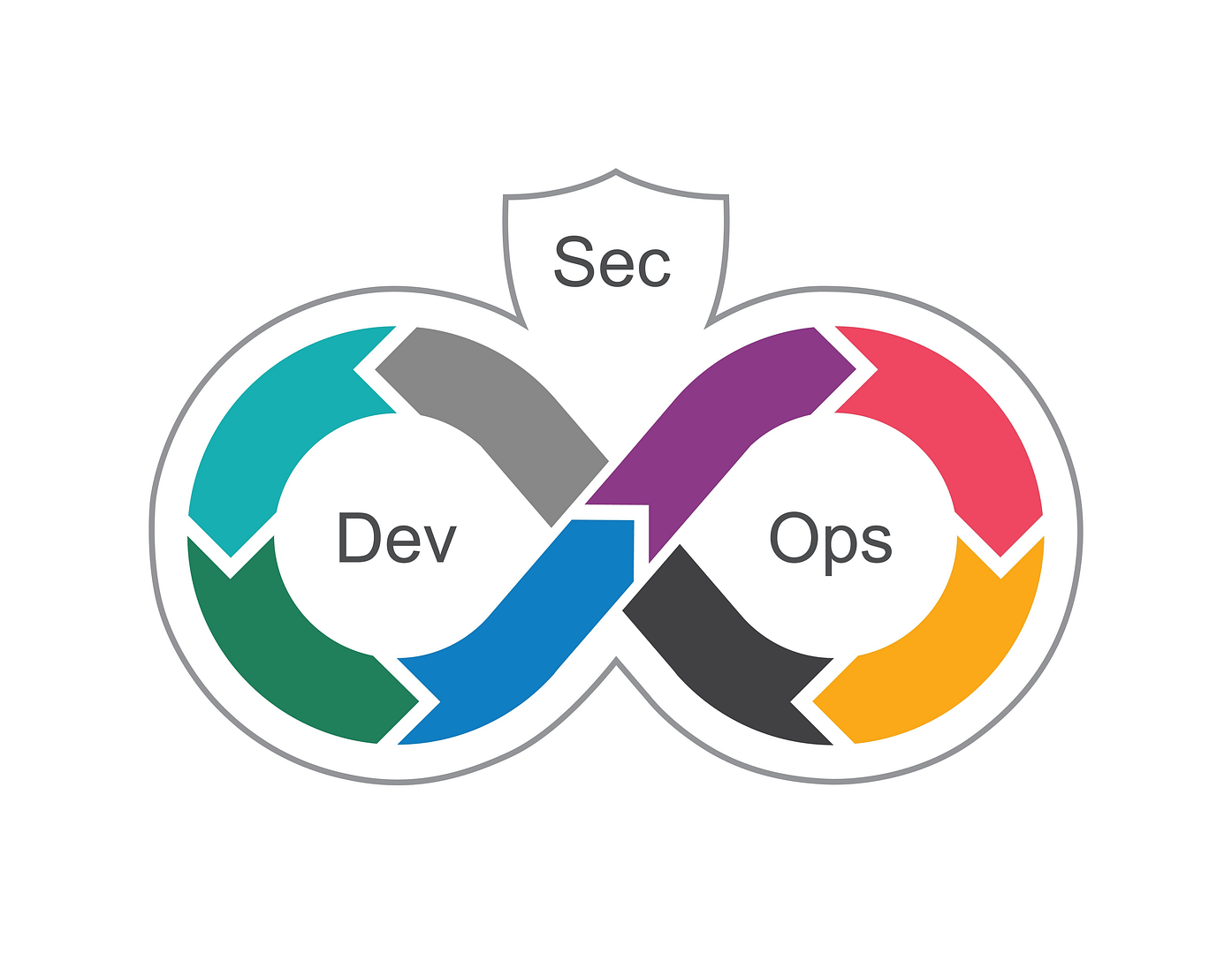Continuous Integration (CI) and Continuous Delivery/Deployment (CD) have transformed the software development life cycle, enabling teams to streamline software development integration and deployment processes.
With these efficiencies, however, come potential security vulnerabilities. This has led to the evolution of DevSecOps, which integrates security measures directly into the DevOps process.
1. The Landscape of CI/CD
CI/CD stands for Continuous Integration and Continuous Delivery/Deployment. It’s a modern approach in software development that emphasizes the importance of automating the integration and delivery process. Here’s a breakdown of these concepts:
Continuous Integration (CI):
- CI refers to the practice of frequently integrating code changes from multiple contributors into a shared repository. Typically, every change is automatically tested to detect and fix integration issues as quickly as possible.
- Automation tools, like Jenkins, GitLab CI, Travis CI, and CircleCI, can be set up to automatically build and test code whenever a change is pushed to the repository, ensuring the new code integrates well with the existing codebase.
Continuous Delivery (CD):
- Continuous Delivery is the next step after CI. It ensures that you can release new changes to your customers quickly and in a sustainable manner.
- The main principle here is that every code change that passes the automated tests is release-ready. However, the actual release to the production environment might still be manual.
Continuous Deployment (also CD):
- Continuous Deployment is an extension of Continuous Delivery, where every change that passes the automated tests is automatically deployed to the production environment without manual intervention.
- It’s a more aggressive approach and is not suitable for all types of applications. It requires a very mature testing and monitoring environment to ensure that any issues are detected and addressed promptly.
In the bigger picture, CI/CD aims to reduce manual errors, speed up the software delivery process, and ensure that products are always in a deliverable state. By automating these processes, it’s easier to achieve faster release cycles and higher software quality.
2. Security Challenges in CI/CD
There are a few challenges when implementing security in CI/CD:
- Rapid Release Cycles: The quick iterations can sometimes lead to security vulnerabilities if there’s a rush to push changes without comprehensive reviews.
- Configuration Management: With automation, there’s a risk of misconfigurations. Misconfigured cloud resources or deployment settings can be easily exploited.
- Secrets Management: Automation scripts and tools often require access keys, passwords, and tokens. If not managed correctly, these secrets can be exposed.
3. Introducing DevSecOps
DevSecOps is the natural evolution of DevOps, aiming to integrate security from the start of the development cycle. It’s not just about implementing tools but fostering a culture where every developer is also responsible for security.
Some of the key principles of DevSecOps include:
- Shift Left: This means implementing security measures early in the development process. Issues detected earlier are cheaper and easier to fix.
- Automated Security Testing: Just as CI/CD automates integration and deployment, DevSecOps emphasizes automating security tests, vulnerability scanning, and configuration checks.
- Continuous Monitoring: Beyond deployment, DevSecOps promotes the continuous monitoring of applications to detect and respond to threats in real-time.
4. Practical Steps for Integrating DevSecOps in CI/CD
- Integrate Security Scanning Tools: Use tools like SAST (Static Application Security Testing) and DAST (Dynamic Application Security Testing) to identify vulnerabilities in code and runtime environments.
- Implement Container Security: If using containers, employ tools that scan container images for vulnerabilities and misconfigurations.
- Manage Secrets: Use secret management tools like HashiCorp Vault or AWS Secrets Manager to securely store and manage sensitive information.
- Continuous Threat Modeling: Regularly assess the application’s threat landscape, understanding potential risks and mitigation strategies.
- Security Training: Regularly train developers on the latest security practices and make them aware of common vulnerabilities and their implications.
5. Conclusion
As the software development landscape becomes more complex and integrated, security cannot be an afterthought. CI/CD, while transformative, brings its own set of challenges. DevSecOps offers a way forward, ensuring that as we build faster and more efficiently, we also build more securely. It’s about creating a culture where security is everyone’s responsibility, and the right tools and practices are in place to uphold it.
About the author:
Shmuel Mishali is the founder of YouCC Technologies, a leading global cloud security company. His experience includes many years of involvement and leading security projects, in the cloud ,on-prem and hybrid, planning and deployment of secure application architectures.


